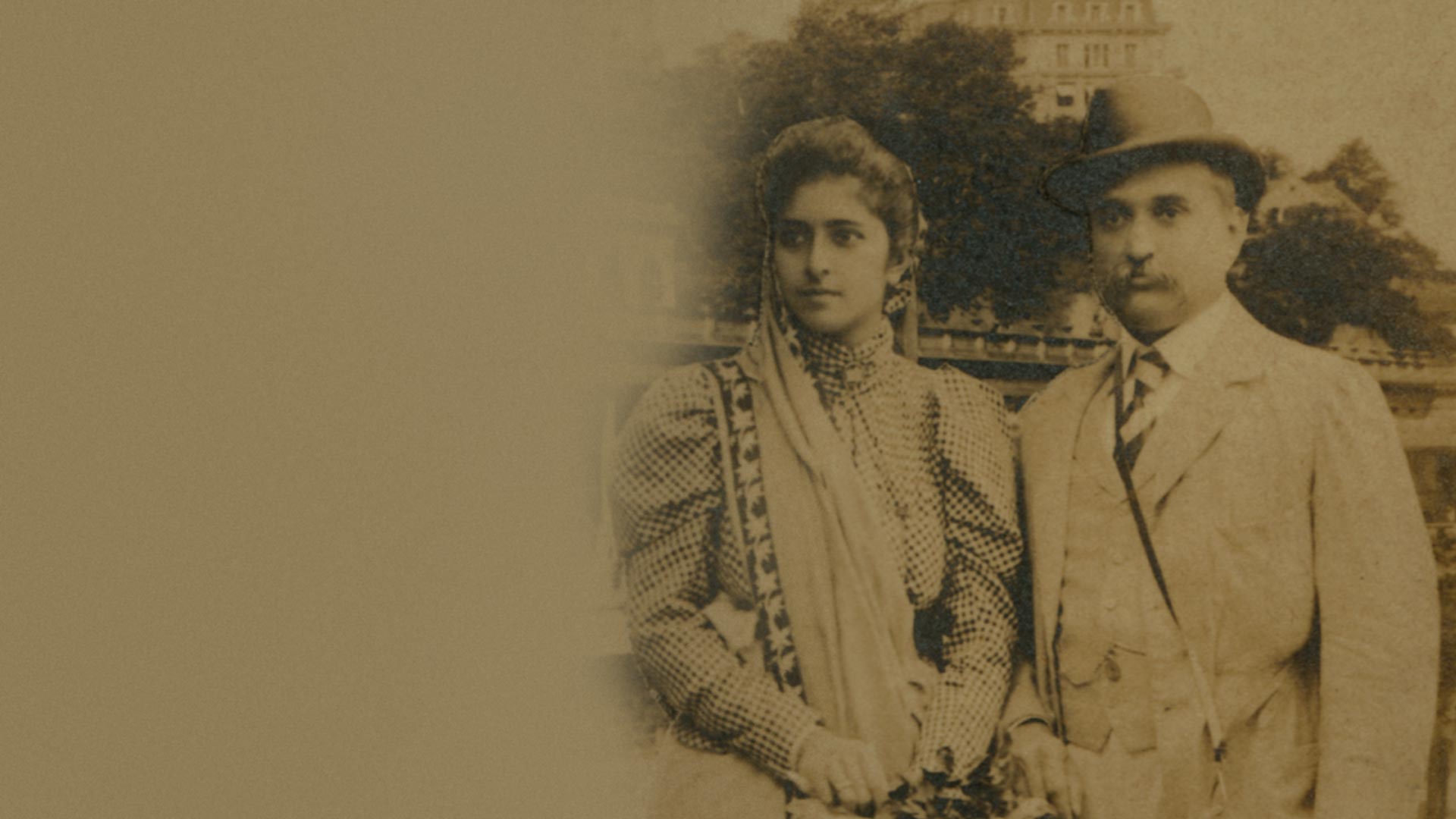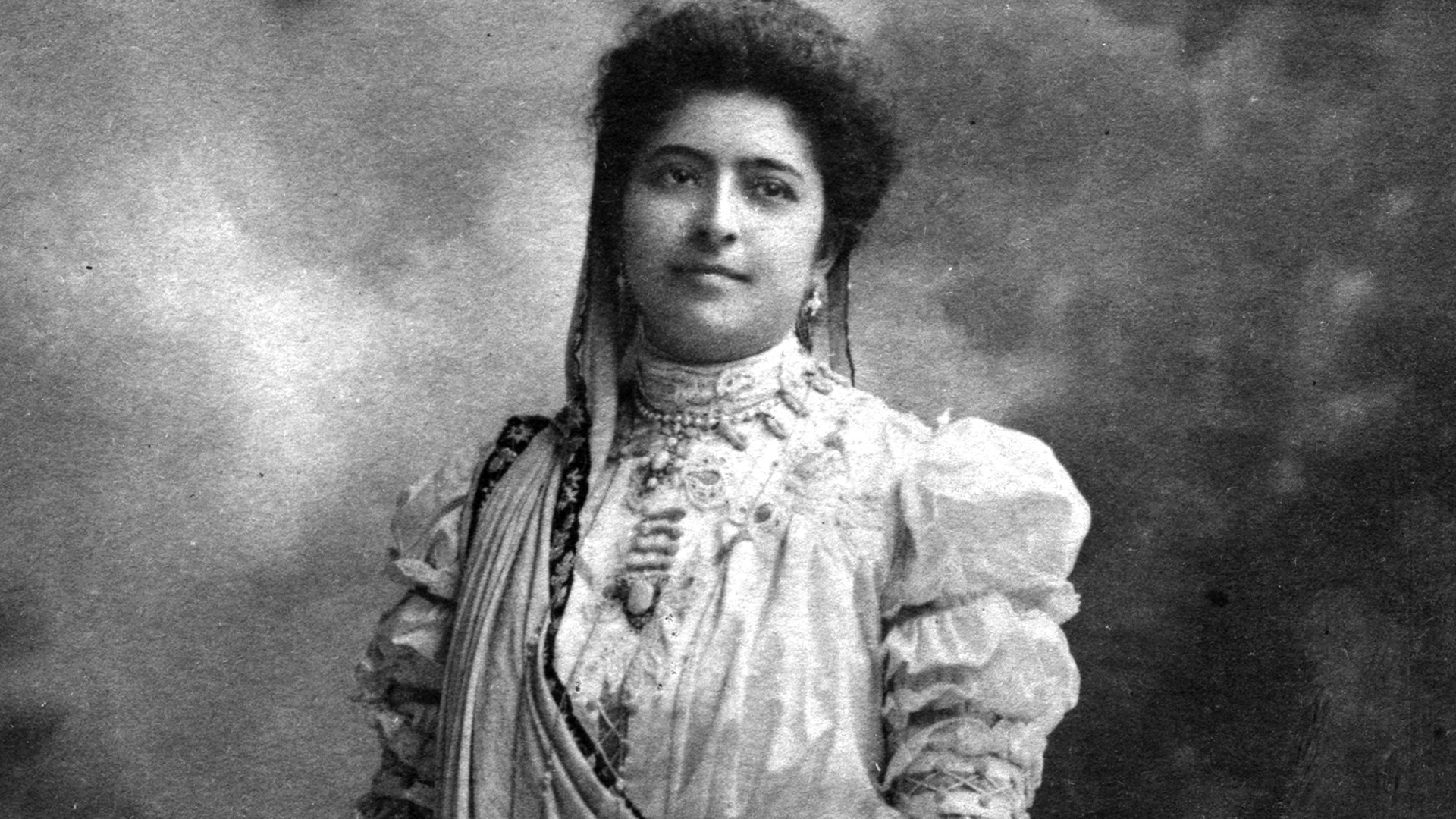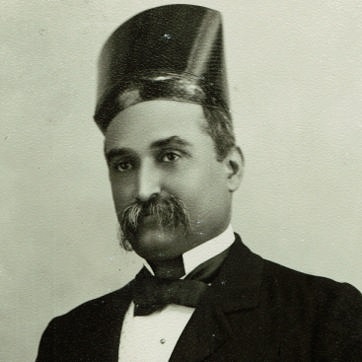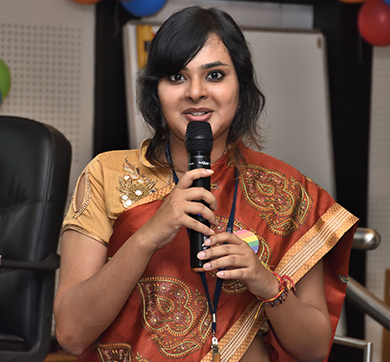December 2018 | 984 words | 4-minute read
1.5 million girls in India — that is 27 percent of girls in the country — are still forced into child marriages. Though distressing, these numbers revealed by the UNICEF in 2018 were considered an improvement as they marked a sharp decline from 47 percent a decade ago. 2019 marks the 90th anniversary of the legislation that made this possible by outlawing child marriage in India.
The Child Marriage Restraint Act, popularly known as the Sarda Act, was passed in 1929 thanks in no small part to the pioneers of the women’s movement in India like Lady Meherbai Tata. Lady Tata was not only consulted on the Sarda Act, she also actively campaigned for it in India and abroad.
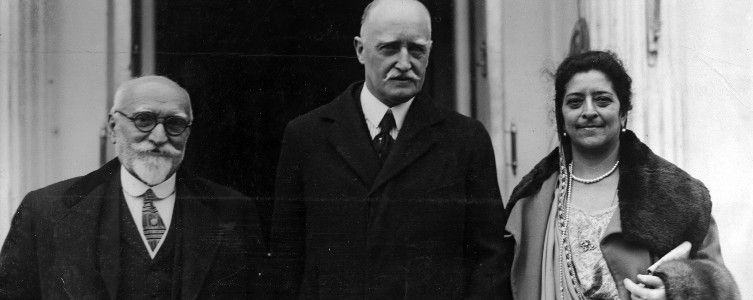
As a member of the nascent women’s organisations of the time, such as the National Women’s Council and the All India Women’s Conference, she made a case for the Hindu Marriage Bill at a college in Michigan on November 29, 1927 — two days after she and her husband Sir Dorabji Tata met the then United States President Calvin Coolidge at the White House.
She told the audience at the Battle Creek College, which is now Andrews University, “I have here a pamphlet sent to me by one of the legislators of India today who wishes to introduce a bill in the Government of India to fix a minimum age at which girls may be married.
Quoting from the legislator’s introductory speech, she said, “I have a word to say to the government as to their attitude towards the bill. A heavy responsibility rests on them for the continuance of this evil. Government probably knows that several Indian states, for instance Baroda, Mysore and Bharatpur, have passed laws forbidding marriages of girls below 12. Recently, the state Kotah in Rajasthan promulgated a new marriage act. This shows what attitude governments really interested in and solicitous of the welfare of their people are taking in regard to child marriage and the duty of the government of India lies clear before them.”
She added, “I sincerely hope this bill will be passed. It is to be brought before the government again next February, I think.”
The bill, however, wasn’t passed till September 28, 1929, and it would not have been possible without the ability of women leaders like Lady Tata to convince Indians as well as build the pressure of world opinion.
She spoke of the struggle at the All India Women's Conference in 1930 in demanding equal political status for women in the proposed new Constitution: "The absence of women members in the Legislative Assembly was felt as a great drawback by the supporters of the Sarda Bill, as women could have voiced their feelings of their sisters with greater directness and force than men to whom, nevertheless, our warmest acknowledgements are due for their bold and courageous stand for the bill."
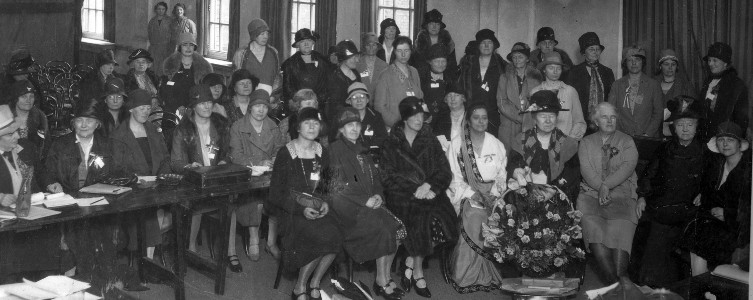
Global Voice
Lady Tata’s effective work for the Sarda Act was only one aspect of her vast contribution to women’s emancipation in India. She was committed to women’s suffrage, girls’ education and the removal of the purdah system and was an expert at championing them on global platforms.
The International Women Suffrage News in London reported in 1921, “The Legislative Council of Bombay has passed a resolution giving women’s suffrage… A big public meeting in favour of women suffrage was held in the Wilson College Hall, Bombay, under the Presidency of Lady Tata, and a resolution calling on the Legislative Council to enfranchise the women of Bombay was passed and sent to every member of the Legislative Council. We rejoice in this second big victory for Indian women — and confess to a happily envious amazement at the wonderful speed with which they put things through.”
Another British newspaper, The Sphere, took note of her role in helping to “organise the Indian Conference during Women’s Week at Wembley” in 1924. As president of the Federation of Indian Women’s Leagues in India and as one of the founders of the Bombay Presidency Women’s Council, Lady Tata also brought India into the International Council of Women.
‘India’s Spokeswoman’
The mark she left behind after her death in 1931 was evident in the obituaries written about her.
The Common Cause, a London publication, wrote, ‘Lady Tata’s death in June is a great blow to the women’s movement in India. It will be almost as much felt in women’s international groups in other lands, where for some years past she has been increasingly looked to as India’s spokeswoman. Lady Tata was admirably fitted to play the part of India’s representative to the women of other countries. She had great force of character which, combined with real kindness, and singular graciousness of manner, made her presence immediately felt in any conference. Women in many lands formed their impression of the modern emancipated Indian woman from her forceful speech, her beauty and wise tolerance.”
The tribute highlighted her international outlook and how her refusal to be held back by barriers of race and colour made her the “moving spirit of the National Council of Women in India.”
“Lady Tata belonged also to the much smaller group which believes also in co-operation with women of other lands,” it added. “[She] had an infinite capacity for taking pains and never gave a hasty or unconsidered judgment. Whenever she promised to help a person or cause she did so to the last ounce of her strength, and beyond it, as her all too early death has proved. At a meeting held in London on 20th July, many tributes were paid to Lady Tata.”
—Text by Monali Sarkar. Photos courtesy Tata Central Archives.
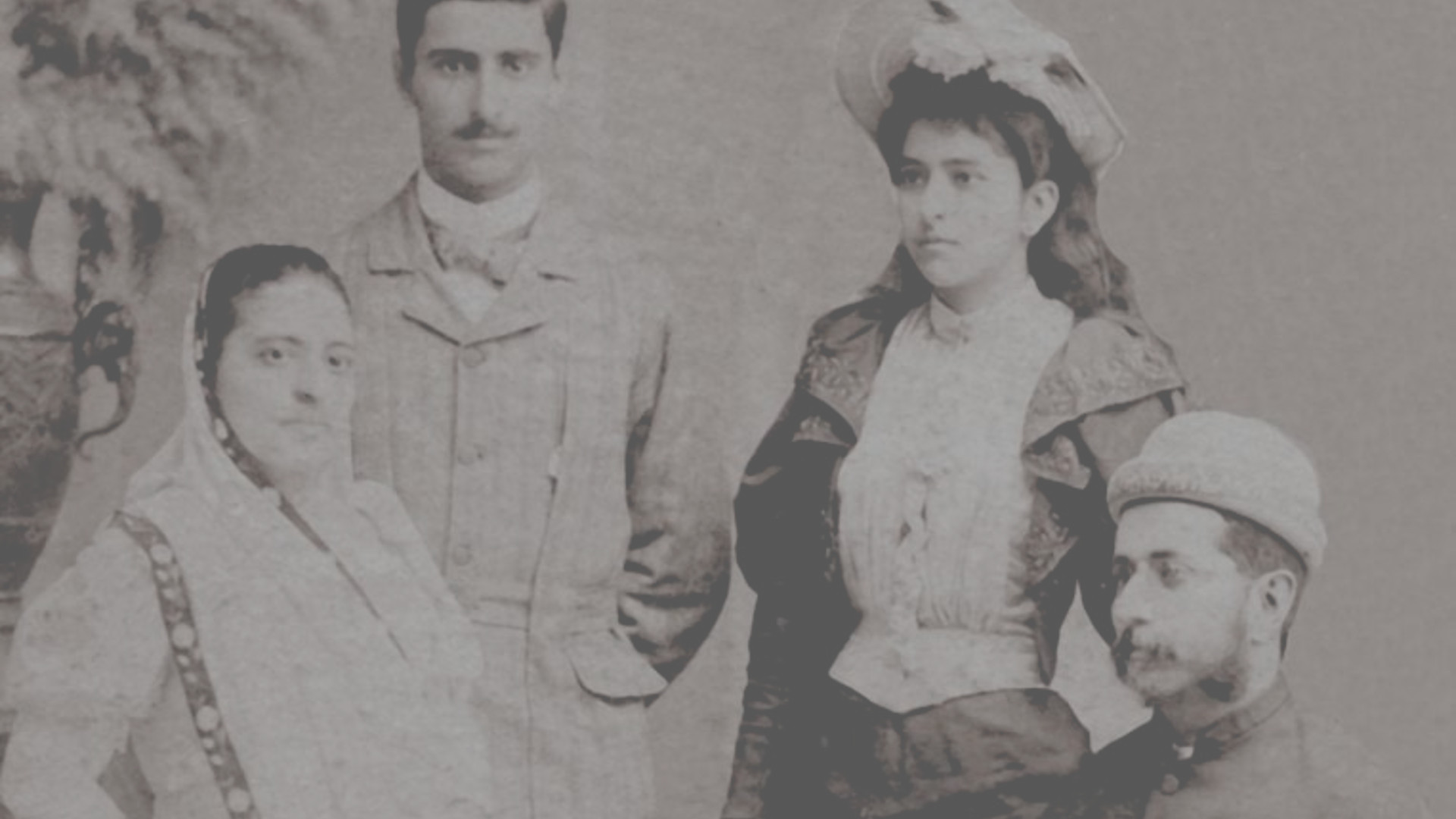
Life and times
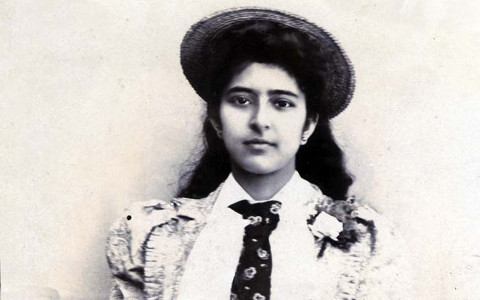
Her Own Woman

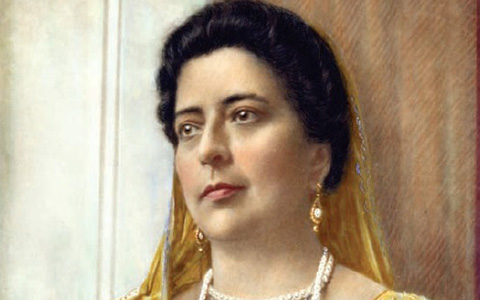
A Magnificent Jewel
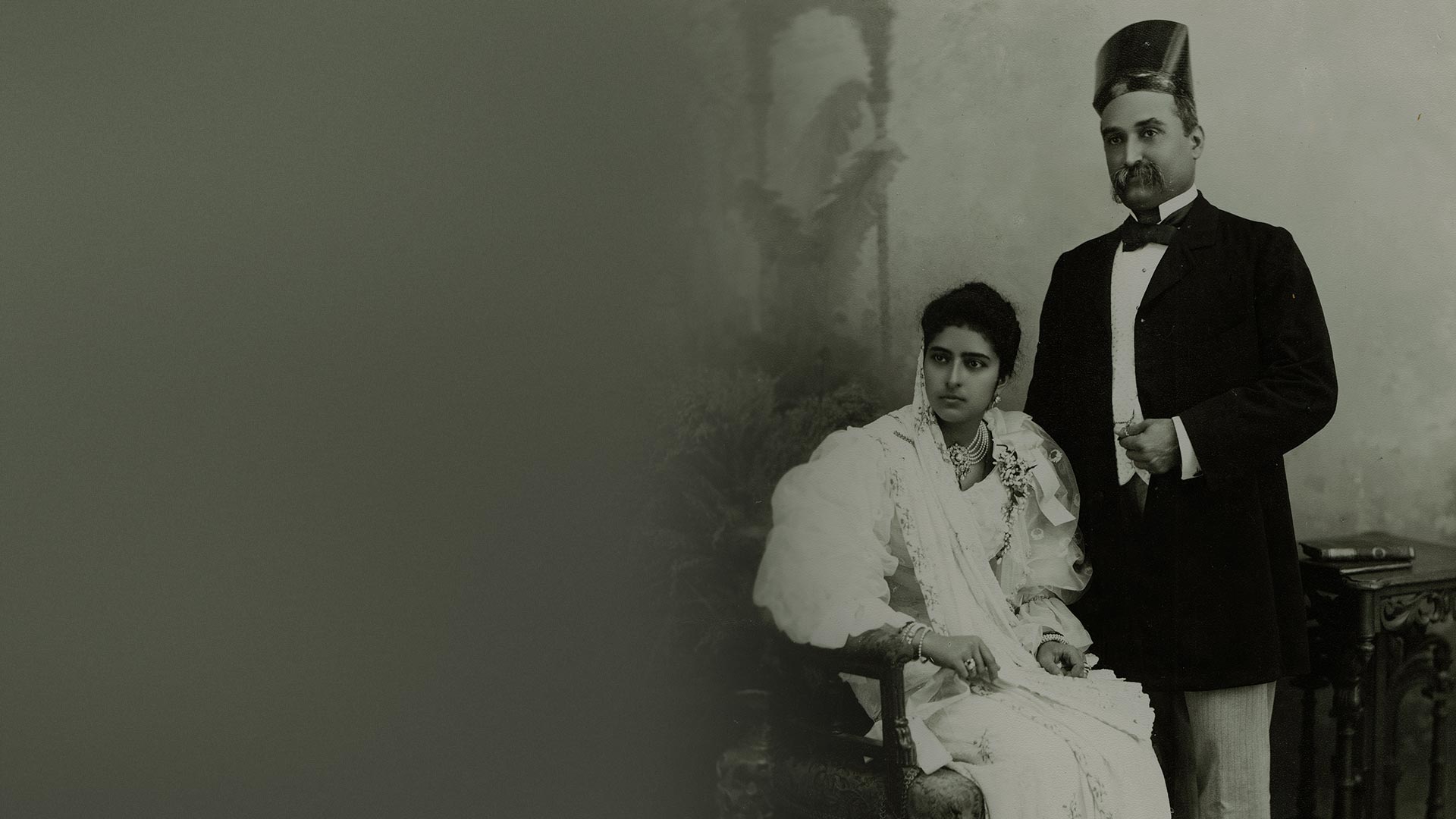
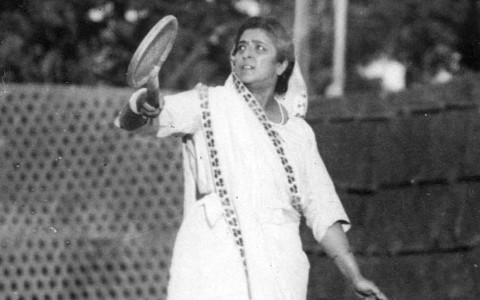
The Sportswoman
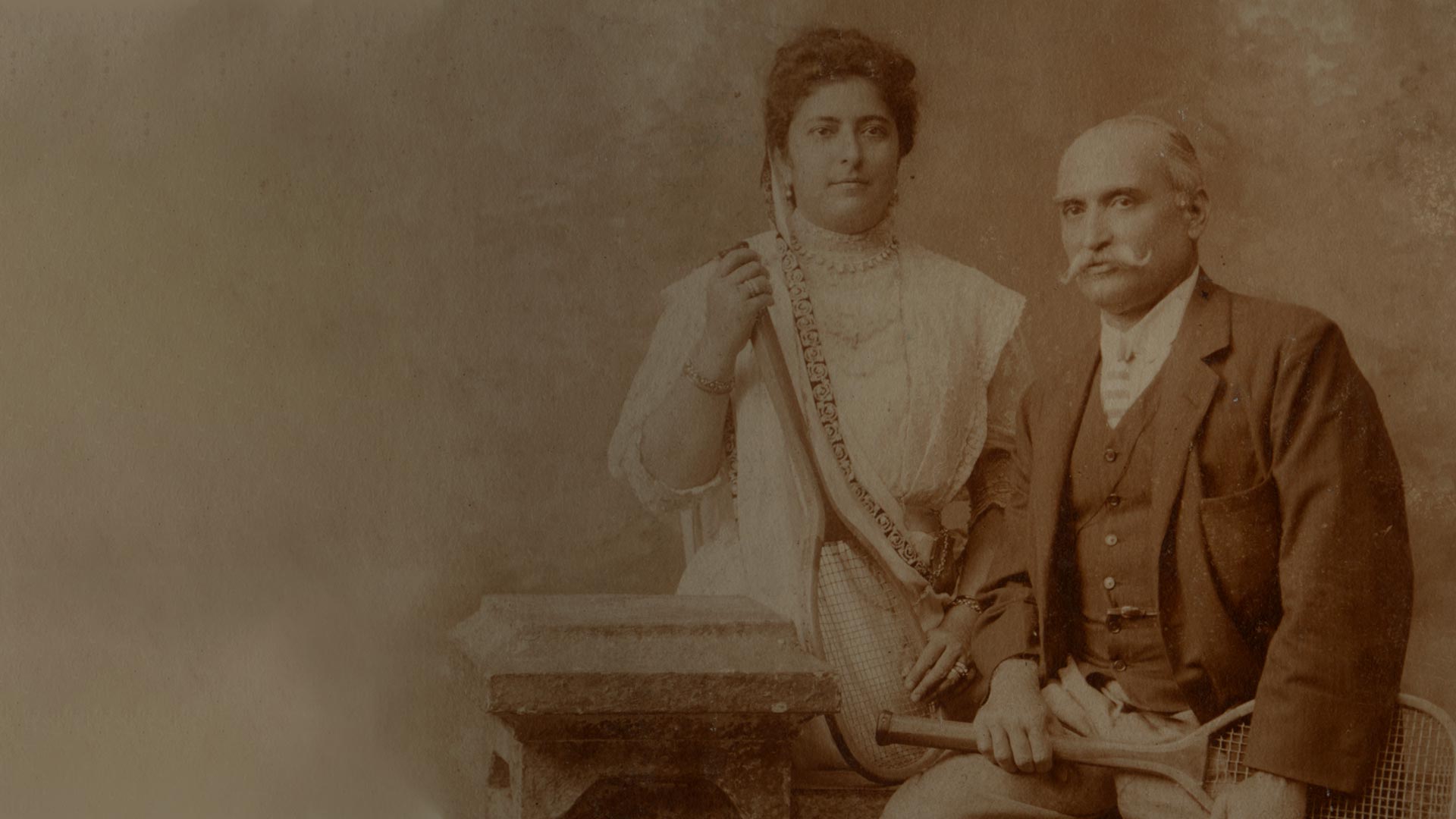
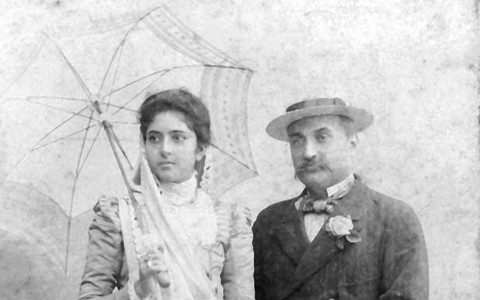
The Traveller
